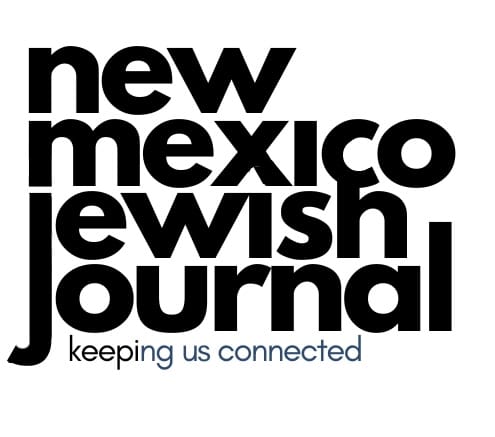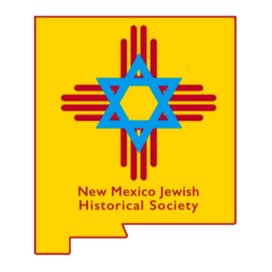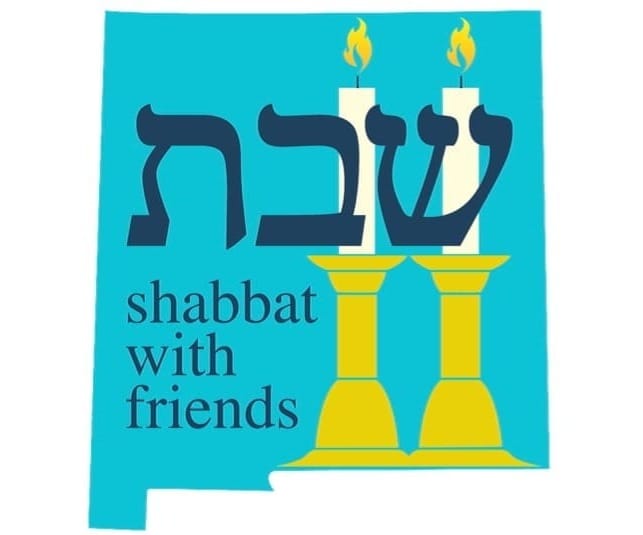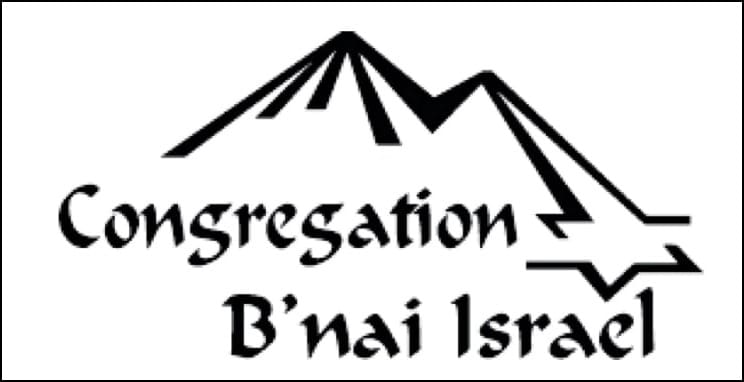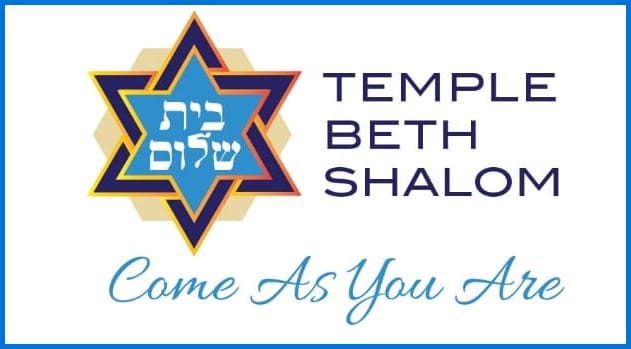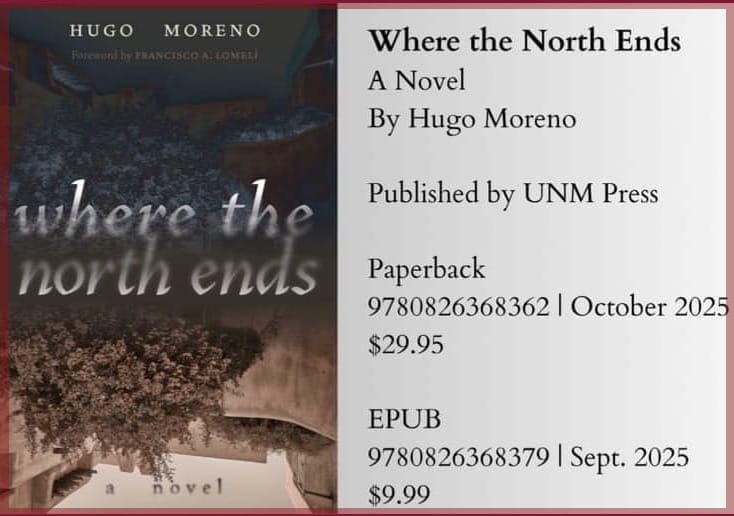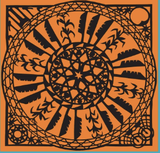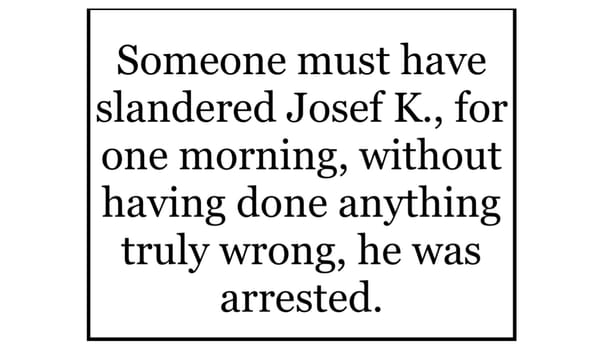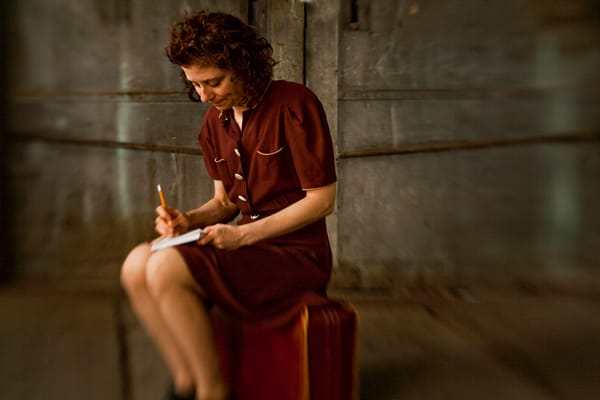The Torah in the Tarot by Stav Appel, coming from Ayin Press/NY
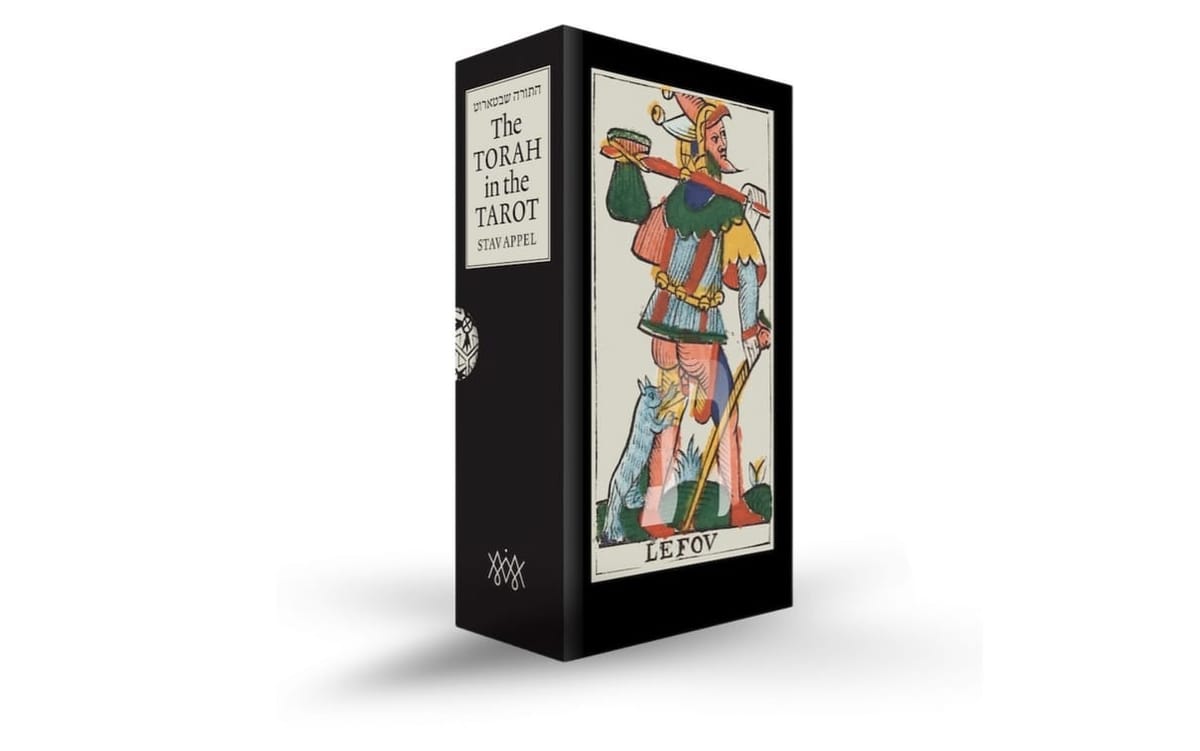
by Corinne Joy Brown
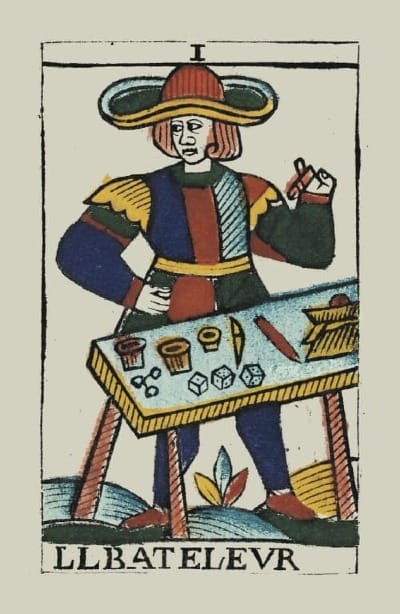
In the rarefied world of Jewish mysticism, the study of Kabbalah and its sacred texts immediately come to mind, unlike methods of secular divination such as astrology, the reading of tea leaves, or the interpretation of Tarot cards. Until now.
Thanks to the research of Stav Appel—a devoted student of Torah and relentless seeker of hidden truths—new light has been cast on the age-old practice of reading Tarot. Any serious student of Tarot seeking understanding, however, must begin at the very dawn of this practice in order to be enlightened as to its true source. To do so leads one to seventeenth century France and a deck created by a certain Frenchman with a hidden message.
According to Appel, for hundreds of years the original meaning of the “Tarot de Marseille”, the artistic ancestor of the contemporary Tarot decks, has been a source of mystery, speculation, and debate. When Appel encountered what is known as the Jean Noblet Tarot, one of the oldest preserved versions of the acclaimed deck, he found something startling and curious: the image of the Magician on one card, for example, held his arms in the shape of the Hebrew letter aleph (א); the Hermit on another wore a Jewish prayer shawl, and three round pieces of matzah on yet another were clearly hidden beneath the image on the Moon card along the bottom edge. Eventually this card was revealed to be a secret depiction of the Passover holiday. The meaning of these images became more apparent when Appel learned that the deck was created circa 1650, during a centuries-long prohibition of Judaism in the kingdom of France.
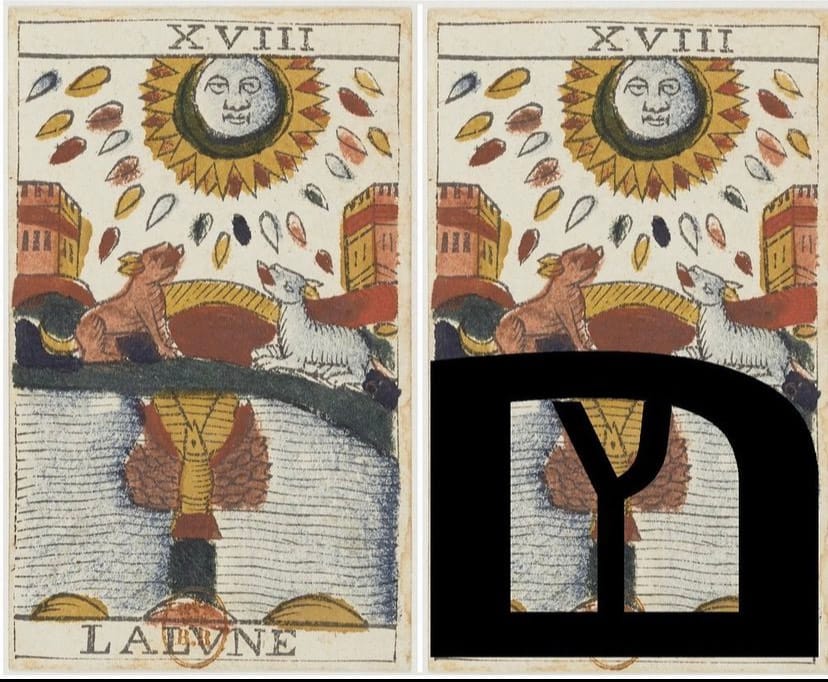
“When I first stumbled upon a copy of the Tarot de Marseille” said Appel, “I was immediately struck by its mystery and beauty. As I collected reproduction copies, and spent time deeply pondering their images, I could not help but be reminded of Torah stories I knew from years of studying weekly Torah portions. At first, I attributed these associations to playful coincidences, until, to my complete and total shock, I recognized that the 22 trump cards contained disguised versions of the 22 letters of the Hebrew aleph-bet. The letters hidden in the images reveal a deeper layer of Judaic content simply not accessible to an uninformed viewer.”
*****
In Appel’s forthcoming book, The Torah in the Tarot (Ayin Press) scheduled for October release, the author carefully analyzes the Noblet deck, uncovering a rich array of Jewish symbols ingeniously concealed in its images. Given the deck's origin during the Catholic Church’s campaign to abolish Judaism, Appel argues persuasively that its secret content suggests that it originally served as a tool for clandestine Jewish education, a necessity following the heinous rigors of the Spanish Inquisition whose persecution of Jews was relentless, driving them into new lands across Europe and around the world, as well as driving them “underground.”

Writing in a rich style that draws on rabbinic literary forms, Appel has presented a landmark contribution to the field of Tarot studies—revealing that when we perceive the Tarot through a Jewish lens, we can, at long last, recognize the riches of Jewish life and practice that are hidden in the Tarot. But one wonders how a humble data scientist singularly uncovered this rich trove of Jewish artistry and cultural transmission.
Said the author, “As mentioned, I’ve been a devoted Torah scholar all my life and read the Bible regularly. I lived in Israel for ten years and my Hebrew is fluent. Once I discovered the Tarot de Marseille, I saw references to Bible stories right away which puzzled me. Why would anyone put Bible references on a playing card? To me, the references weren’t hidden at all—they were obvious. But to anyone else…?”
Over time Appel began to collect various versions of the Tarot de Marseille and saw that in older versions, especially in the Jean Noblet deck, the references were more recognizable. Upon closer examination, he noticed that the figures and various objects clearly resembled Hebrew letters seen on each of the 22 cards. “Almost nothing is known about Jean Noblet himself, the card maker who produced the Tarot de Marseille, ” said Appel. “But we do know that in 1650 Jews were still forbidden to officially live in France by order of the mass expulsion enacted by King Charles IV in 1394.”
Slowly, the puzzle pieces were coming together or, as Appel so aptly put it, “When the key fits, the door opens.”
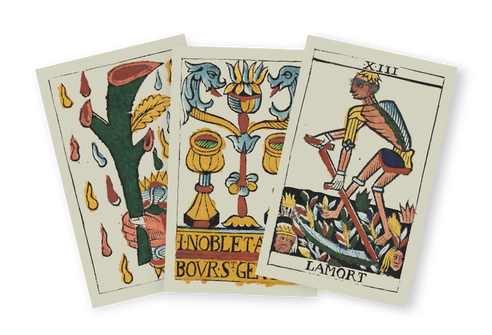
****
“If one looks further back into history,” explained Appel, “the first Tarot cards, originally called ‘Trifoni,’ (possibly a play on the name for a Roman Triumph) were created in Italy in the fifteenth century for artistic decoration, for game play, and the commemoration of family events. In sixteenth-century France however, a unique visual template for Tarot arose that built upon, but significantly altered, the images of the earlier Italian decks. The unique template of the French tradition known as the Tarot de Marseilles is renowned for being the primary source of artistic inspiration for the famous Rider-Waite Smith deck published in 1909.”
The French writer and Freemason, Antoine Court de Gebelin, writing in 1781, was the first to speculate that the Tarot de Marseilles was a vehicle for ancient wisdom that could be revealed through careful analysis of its images. “Since Gebelin,” explained Appel, “many other historians and writers have offered up wildly divergent interpretations of the intended meaning of the Tarot de Marseilles. No explanatory theory for its meaning has proven decisively convincing, which may be why it endures as an object of fascination” he added. “The cards are filled with images of obvious intentionality that promise a coherent story but that ultimately leave the viewer confused as to their true meaning. It’s amazing to me that people have been talking about these cards being a secret vessel for Kabbalah for centuries, but no one was able to take that next step to Judaism itself.”
As someone who grew up in the shadow of the Holocaust, Appel asked himself what was happening to the Jewish people at that time. Persecution was a familiar theme. Once he understood the dire circumstances of the Jewish community of that era, he realized that what he was seeing were secret, coded Torah stories full of instruction as well as for survival, and not merely Biblical references.
“At this time in France,” said Appel, “Judaism had been banned for over 200 years. And with this historical frame I went back to the cards with a different understanding; What I previously saw as Medieval Christian art was transformed into a miniature summary of Jewish life and practice, a true masterpiece of Jewish creativity.”
*****
For those who are more familiar with Tarot, it’s a common misperception that the Tarot is linked to Kabbalah. In the 1700-1800s, most decks that circulated were copies of the Marseille deck. People loved the mystery of it, and surmised that the cards held secret content. In 1781, a certain Comte de Millet wrote an essay that connected the twenty-two major arcana of the Tarot to the twenty-two Hebrew letters, but he attributed the revelation to a secret Egyptian connection. A century later, another writer, the Frenchman Alphonse Louis Constant writing under the Hebrew pen name Eliphas Levi, claimed the Tarot to be a secret vessel for ‘Cabbalistic’ wisdom. Thus, eventually emerged ‘Qabbalah’ a cult of syncretic mysticisms, purged of any connection to Judaism. (The modern foundational scholar of academic Kabbalah, Gershom Scholem, described Alphonse Louis Constant as a ‘supreme charlatan.’) In 1909, the artful new rendition of the cards by Arthur Waite and Pamela Smith, the famous Rider-Waite-Smith deck, took the world by storm. If you know where to look you can find Hebrew words and even secret Gematria in their creation as well.
The history continues with ever new interpretations and new interpreters. The purpose of Apple’s timely book is very targeted. “In spite of the fact that any Tarot historian will tell you that the idea of Hebrew hidden in the early Tarot is a complete fiction invented by Eliphas Levi,” said Appel, “I go through the deck letter-by-letter and object-by-object to show an intentional theme too vibrant to deny. To me, the Noblet is a work of genius; one of the most precious and moving visual depictions of Judaic thought and practice ever made.”
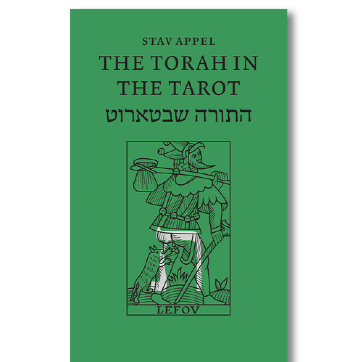
For the curious reader, the book includes the entire deck of 78 cards which you can study while reading 280 pages of explanatory text. As passionate about the subject today as he was when he first embarked on the discovery, Stav Appel has uncovered a Jewish treasure. “It feels like a form of restitution of sorts,” he said. “A kind of justice, a closing of a wound.” Now it’s up to the book itself to continue to tell the story.
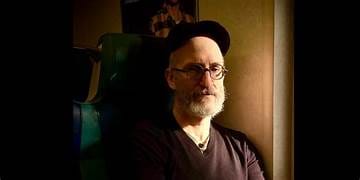
Stav Appel is a data scientist and a lifelong student of Torah. Earlier in his career he was the director of the Israeli-Palestinian coexistence organization Nitzanei Shalom, and the director of International Service Programs for American Jewish World Service. He holds an MBA from the Yale School of Management and has studied Biblical Hebrew at Hebrew University and Yale Divinity School. He is now a frequent speaker and popular writer on the Torah in the Tarot. He currently resides in Upstate New York. You can find Stav on Instagram @torah.tarot or at www.torahtarot.com
The Torah in the Tarot includes a book written by Stav Appel with a foreword by Ariana Reines, as well as a historically accurate color reproduction of the Jean Noblet Tarot—the only modern copy that preserves the full scope of the deck’s original Judaica—created by the French artist Florent Giraud of Tarotgraphe.
Ayin Press https://ayinpress.org/ "Ayin Press is an independent publishing platform and interdisciplinary creative studio rooted in Jewish culture and emanating outward." Read about The Torah in the Tarot and pre-order at Ayin here.
Paperback | 280 pages | ISBN: 9781961814301 | e-ISBN: 9781961814349
Publication date: October 14th, 2025
Corinne Joy Brown is an award-winning author of historical fiction and non-fiction inspired by the American West with ten books in print, including her acclaimed novel Hidden Star about Crypto-Judaism. She also writes memoirs, plus freelances for a variety of print publications focused on design, architecture, fine art, and popular culture. Corinne writes middle-grade fiction as well, and has published a series of art books for young readers who love horses. A past-president of the Denver Woman’s Press Club, a founding member of Women Writing the West, and the editor/publisher of HaLapid, an academic journal serving the Society for Crypto-Judaic Studies, she is a Fellow of the University of Colorado History Dept at CU/Colorado Springs. She and her husband live in Colorado and enjoy their German Shepherd, Ziggy. Stav Appel has inspired her next novel. Visit her at https://corinnejoybrown.com/
Corinne also co-chaired the Society for Crypto-Judaic Studies 35th annual conference Aug 10-12, 2025 in Los Angeles. Go to http://cryptojews.com for more info.
